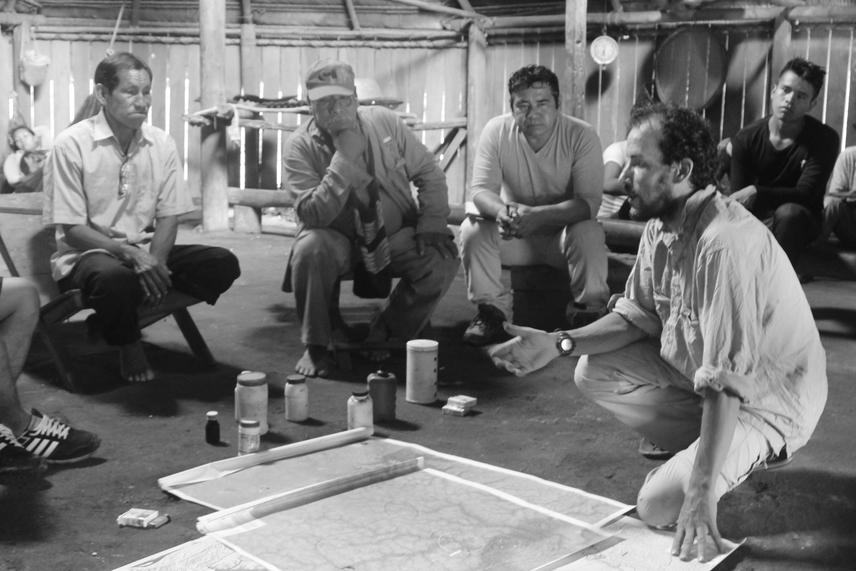Social media video featuring the project.
Jaime Andrés Cabrera
Other projects
We already know about the importance of salt licks in the nutritional and social aspects of their users (animals and humans alike) and their potential use as conservation and management tool. But, to what extent salt licks influence animal distribution and movement inside the Amazon forest?

By means of remote tracking techniques, we will be able to record tapir movement and link the resulting patterns not only to previous results about salt lick’s functioning, but also to their location, weather cycles, local indigenous hunting practices and settlement location.